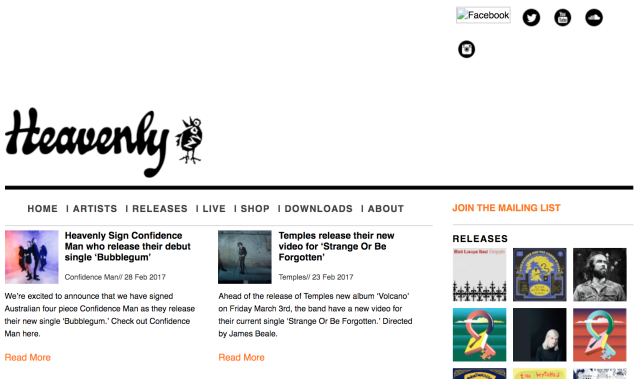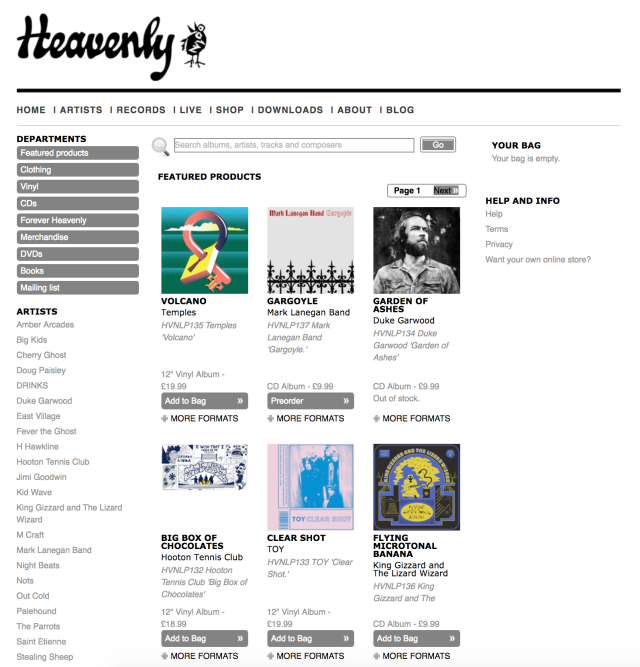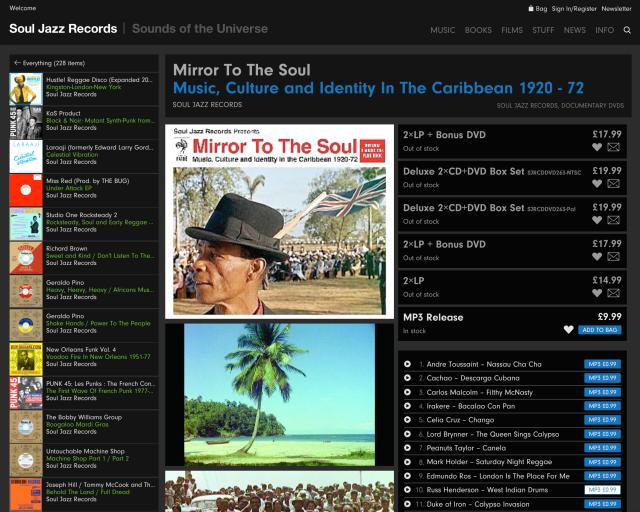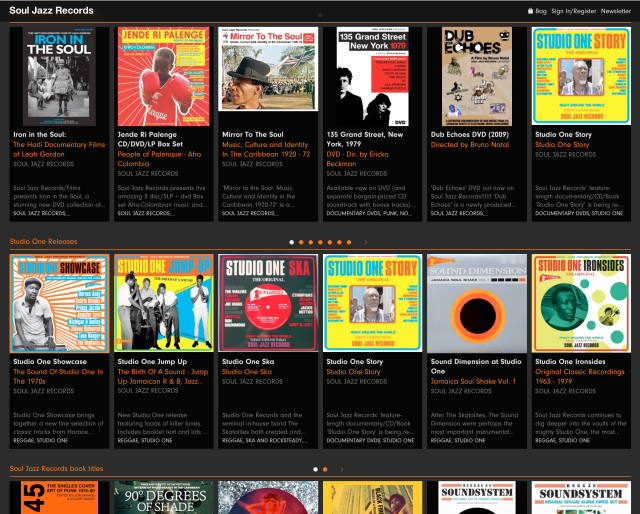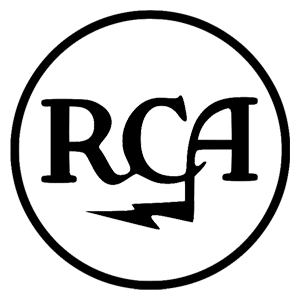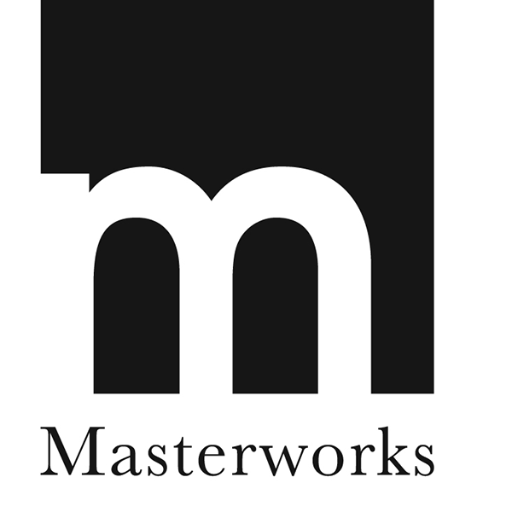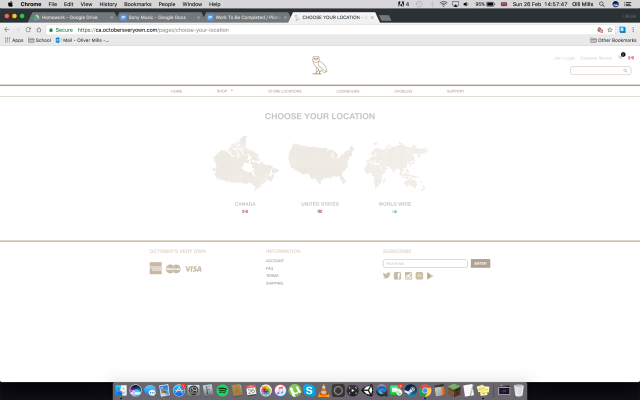Exam Questions
1.“The Music Industry is dominated and controlled by global institutions.” To what extent do you agree with this statement? Refer to both audiences and institutions in your answer.
Do you think the Big 3 control and dominate the music industry? Discuss with reference to audiences and music labels/companies.
INTRO
- Yes, they dominate. However, they are losing control because of convergence.
MAIN
- Sony Case Study compared to Soul Jazz approach
- Dub FX – No label needed – Convergence, Pledgemusic.
- Apple case study
- Recent News: Sony are dependant on UK talent shows
- Technology companies are becoming more powerful, working with artists directly. Clean Bandit with Microsoft Nokia Lumia.
CONCLUDE
- Key findings;
- Active audiences are changing the nature of the music industry
- No longer traditional as a business model.
- How is Creativity affecting the Music Industry? Refer to issues in production, distribution and consumption, as well as at least one UK-based record label in your response.
How does creativity cause problems with music production, distribution and consumption? Mention a UK-based record label in your response.
INTRO
- Active audiences can cause problems for record labels through their convergence technology as they can both make their own music and remix already existing music.
MAIN
- ‘Everythinks A Ripple’ was a remix album of Dub Fx’s songs made by his fans through their convergence technology. No Record Labels Were Involved
- Across many Social Media Platforms, there are hundreds of thousands of artists making money off of their music through completely independant production, distribution and marketing thanks to convergence technology and ad revenue.
CONCLUDE
- Active audiences and convergence technology are collaboratively making Record Labels Irrelevant
- Artists are more than capable of making a living from music without the help of a conglomerate.
- Discuss the issues raised by an institution’s need to target specific audiences within a media industry which you have studied.
Discuss why having a target audience is important to the major conglomerates within the Music Industry
INTRO
- Having a set target audience means that companies can expand on that particular area of their market.
MAIN
- Sony realise they have a lot of teenagers listening to artists on that are signed to them. They also realise that the same age group make up the majority of people buying and playing on PlayStations. So, they allow audiences to listen to their music on their product, also making the PlayStation itself a convergence device that they can control in the process.
- This also means that these multimedia companies can release future products and features to existing products that are more likely to please their specific audiences.
CONCLUDE
- By having a specific audience, companies can promote both artists on their label and their products at the same time while also allowing them to make plans for the future that revolve around pleasing their audiences.
- Discuss the issues raised by media ownership in the production and exchange of media texts in your chosen media area.
Discuss the issues that result of copyright and how it affects the audience’s consumption of the music.
INTRO
- Copyright / The Ownership, although protecting the artist’s best interests in terms of income, does affect the audience experience.
MAIN
- Copyright discourages audience interaction as they will be almost punished for downloading, remixing and re-uploading an artists music.
- However, a number of artists and independent labels would say this is a great form of marketing and will support these active audiences like Dub Fx did with his album ‘Everythinks a Ripple’
- Many would argue that if audiences can’t remix an artist’s music, it takes away from the music experience.
CONCLUDE
- While some would say copyright is for the best because of the money, others would argue it’s all about the experience and that redistribution is a big part of that experience.
- Discuss the issues raised by media ownership upon the diversity of media products and services available to audiences in the contemporary media area you have studied
????
- “Cross-media convergence and synergy are vital processes in the successful marketing of media products to audiences.” To what extent do you agree with this statement in relation to your chosen media area?
????
- To what extent does digital distribution affect the marketing and consumption of media products in the media area you have studied?
How much does allowing digital downloads of albums impact the marketing and consumption of an artist’s music?
INTRO
- Every artist currently producing will allow their audience to download their music in a digital format from somewhere.
MAIN
- Allowing digital downloads makes your music far more accessible to audiences and makes marketing a lot easier
- When marketing for a digitally downloadable album, the artist or label can use banners on social media sites like facebook which, when clicked, will take you directly to the download page. This means minimum effort for the buyer, making far more likely they will make the purchase.
CONCLUDE
- Digital marketing is a lot easier on audiences as they can have the album on their computer in minutes with minimum effort.
- Allowing digital downloads also makes remixing and redistributing easier on audiences that are focused on that music experience.
- Discuss the ways in which media products are produced and distributed to audiences, within a media area, which you have studied.
Explain how music is made and distributed to audiences
INTRO
- Anyone can make music thanks to the constantly growing array of convergence devices available to the public.
MAIN
- Independent and DiY artists are thriving now more than ever thanks to the fact that they no longer need record labels, studios, bands or even a great deal of talent.
- An instrumental can be thrown together in programmes like Garageband in just a few moments. Even vocals can be modified to hit the right notes provided the creator in question is capable of such editing.
- Distribution can be done for free through Social Media’s like YouTube, Facebook, Twitter, Soundcloud and even Instagram. However, for a small fee, anyone can get their tracks on Spotify, iTunes and other major Media Outlets.
CONCLUDE
- From creation to distribution to consumption, anyone is capable of being a musician.
- Musical talent is now more down to the ‘artist’s’ editing abilities than their musical talent.
- It’s completely cost free to distribute your music online
- Evaluate the role of digital technologies in the marketing and consumption of products in the media area you have studied.
Explain how convergence technology has a role in the marketing and consumption of music.
INTRO
- Technology is key in music from creation to consumption, technology plays a major role now that the majority of music distribution and accessibility is online and digital.
MAIN
- A lot of artists do not release all their tracks in physical formats because it is simply not necessary. There are just so many ways to distribute online that physical format purchases are more preference than necessity.
- Music has been primarily digital since the introduction of convergence devices such as the iPod or iPhone, allowing you to download 1,000’s of your favourite tracks and take them with you wherever you went via iTunes.
- These devices were a big part of Apple’s growth, As Jeff young, Digital Analyst said ‘music was the perfect synthesis for apple’
- Throughout history, technology has made the consumption of music possible from the Phonograph to the cassette Player to the CD, the boom Box, the Walkman, all the way up to the current day with iPods, Phones, Laptops and more.
CONCLUDE
- Throughout history, technology has been essential to the marketing and consumption of music. We have relied on it from the Phonograph to the iPod to be able to play recorded audio repeatedly and now, we use it to make our own.
Question 9 Write Up
Evaluate the role of digital technologies in the marketing and consumption of products in the media area you have studied.
Explain how convergence technology has a role in the marketing and consumption of music.
Technology is essential in music from creation to consumption, it plays a major role in allowing active audiences to easily access their favourite tracks and even market their own. Now that the majority of music is both distributed and accessed through the internet, audiences are given the choice of accessing their favourite artists and tracks through sources such as YouTube, iTunes, Spotify, Soundcloud and many more. The effect this takes on marketing is very positive. It means that both labels and independent / DiY artists can promote their music through banners that directly link their audiences to the download page or website for their music. This means the music is easier than ever for audiences to access and with an absolute minimum amount of effort.
For a variety of reasons, a large number of artists do not release all their albums and / or tracks on physical format. This is mainly because it simply is not necessary with the amount of options for online distribution and promotion available to them, many of which actually cost less, although not always turning as much profit. This is made evident by statistics for Spotify’s revenue which shows that it would take up to 4 million streams or more for an artist’s profit to match the monthly minimum wage.
Music distribution and consumption has been primarily digital from the introduction of convergence technology such as the iPod which revolutionized mobile devices, allowing audiences to download and carry 1000’s of their favourite tracks with them via ripping their CDs or downloading music from the iTunes Store. On which, artists and labels continue to promote their music, games and various other apps to this day. Again, showing the extent to which you can market content via digital technologies. These convergence devices were and continue to be key in audience consumption, while aiding excessively to Apple’s growth and popularity. As Jeff Young, Digital Analyst said ‘Music was the perfect synthesis for apple.’.
Throughout history, technology has made the consumption of music possible for audiences from the Phonograph to the Cassette player to the CD, onward to the BoomBox, The Walkman, all the way into the present day with iPods, Phones, Laptops and more. The Creation, Distribution, Marketing and Consumption of music have been made both possible and profitable through the use of these devices via sponsorship, exclusive content, merchandising and accessorising. A prime example of this sponsorship would be 50 Cent in his music video for ‘P.I.M.P.’ in which the first iPod makes a, not so subtle, appearance.
To conclude, the implementation of technology has been – and will continue to be – essential in the marketing and consumption of music. We have relied on it throughout the ages from the Phonograph to the iPod, allowing us to purchase, play and repeat our favourite tracks from our favourite albums by our favourite artists. With the help of technology, music has become more easily accessible to audiences and marketing a whole lot more effective. It has now made convergence devices crucial for the music industry if it wants to continue working in the direction it’s headed as the traditional music industry is beginning to dye out.


